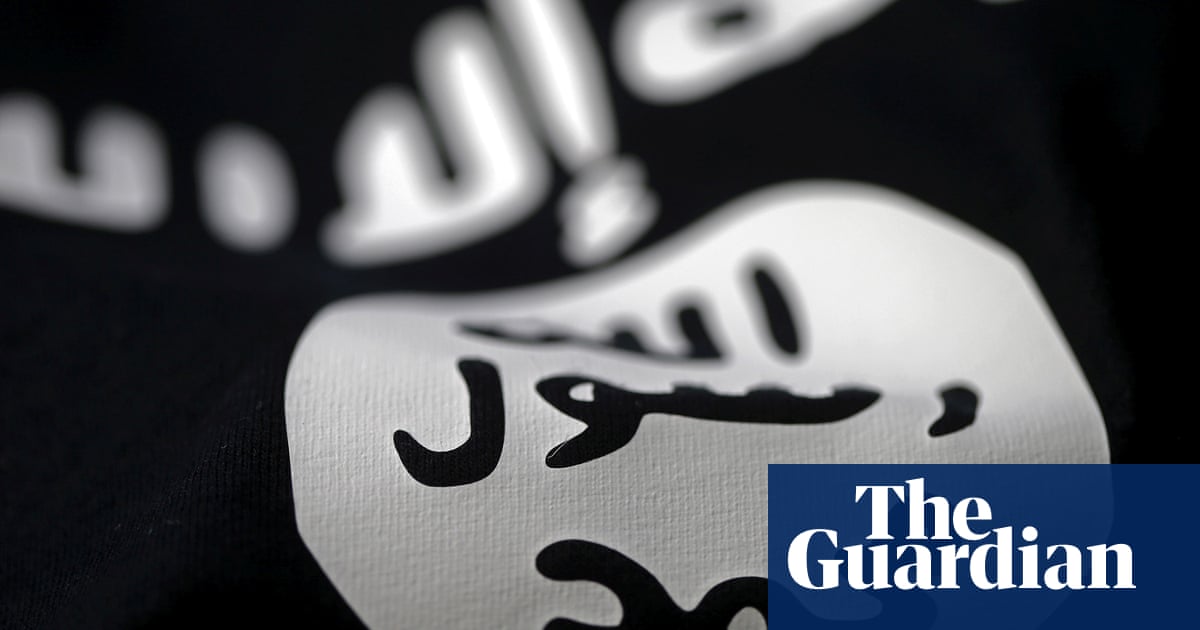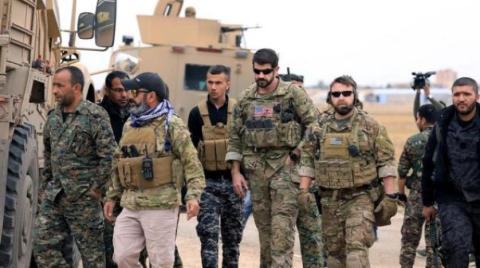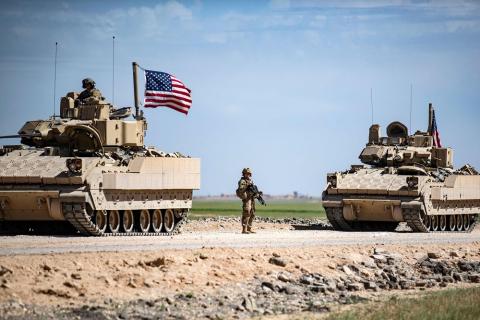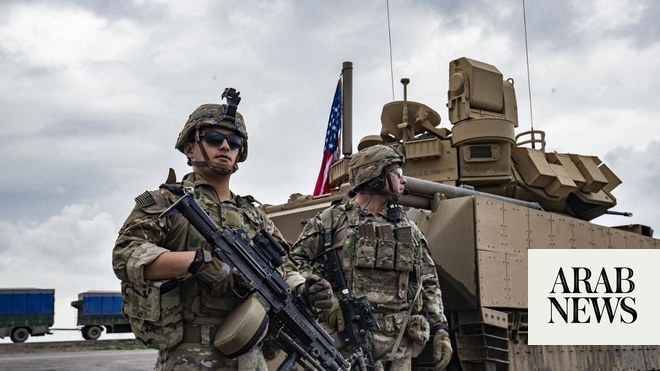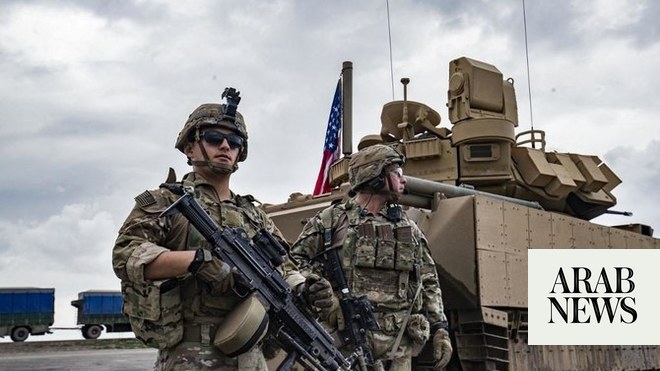
Abu Ibrahim al-Hashimi al-Qurayshi, the leader of Islamic State and one of the world’s most wanted men, has been killed during an overnight raid by US special forces in north-west Syria.
The pre-dawn attack on a house in the village of Atme, just south of the Turkish border, led to up to 13 casualties, among them women and children. It also resulted in the destruction of a US helicopter, which had been used to carry special forces troops from Erbil in Iraq.
“Thanks to the bravery of our troops, this horrible terrorist leader is no more,” Joe Biden said in a television address from the White House. “Our forces carried out the operation with their signature preparation and precision.”
Thursday’s raid was the most significant by the US since Qurayshi’s predecessor Abu Bakr al-Baghdadi was killed in October 2019 in a village 9 miles (14.5km) south of Atme.
Biden said the civilian casualties were caused when Qurayshi detonated a suicide vest and other explosives on the third floor of the building where he had taken refuge.
“Our team is still compiling the report, but we do know that as our troops approached to capture the terrorist, in a final act of desperate cowardice, with no regard to the lives of his own family or others in the building, he chose to blow himself up, not just the vest but to blow up that third floor rather than face justice for the crimes he has committed, taking several members of his family with him,” Biden said.
A senior administration official said: “This is an operation that has been long in planning and from a tactical perspective, went precisely as expected.”
However, there was a significant discrepancy between the initial Pentagon report that eight children had been safely evacuated and two children were killed by the blast triggered by Qurayshi, and the accounts of first responders on the scene who say they found six children and four women dead.
“Some of the corpses in the area do not look like they died in an explosion. They look like they were hit by extremely heavy calibre gunfire,” Charles Lister, director of the Syria programme at the Middle East Institute in Washington, said. “And we do know, because I saw it in a video last night as it was happening, that at least one of the helicopters in the area fired its heavy machine guns at the building for over a minute straight.”
Pentagon spokesman John Kirby said that there were “strong, strong indications” that civilian deaths – those of Qurashi’s wife and their two children – were caused by the IS leader. But he said that the US would review the operation to determine whether American action resulted in any civilian deaths.
Biden gave the final green light for the operation on Tuesday, but according to US officials, it had been planned for months. After the first intelligence tip gave a lead on Qurayshi’s whereabouts late last year, the president approved a capture or kill operation. The intelligence agencies reached certainty Qurayshi was at the site in early December and senior officers brought a tabletop model to the White House to explain the complexity of the operation.
“Knowing that this terrorist had chosen surround himself with families, including children we made a choice to use a special forces raid at a much greater risk to our own people rather than targeting him with an airstrike,” Biden said. “We made this choice to minimise civilian casualties.”
US officials said the planners looked at the structural integrity of the building and decided that it would not collapse if Qurayshi blew himself up, though they had not anticipated he would rig the entire floor to explode.
US officials said that the US raiding squad came under fire from al-Qaida-affiliated militants as they were leaving and returned fire, killing two. Lister also questioned that account, saying the two men hit were members of Tahrir al-Sham (HTS), the dominant group in the area. He said one was killed and the other is in hospital.
“They are anti-Isis, anti-al-Qaeda, and Turkish linked,” he said. “As I understand it, when approaching the scene, they were deemed to be likely having a hostile intent and they were taken out.”
Biden watched the operation unfold through a video link from the White House. Officials said there were moments of tension, when one of the helicopters malfunctioned and had to be landed and then destroyed, and then when the special forces team called for family members to come out of the building, knowing there were children inside. One official described a wave of relief when children and other civilians were able to flee the first floor of the building
“Obviously that was a key point of concern and why this operation was complex,” the official said.
The president laid out some of the crimes Qurayshi was accused of, including the genocide of the Yazidis in northern Iraq and last month’s spectacular assault on a prison holding IS inmates in the east of Syria.
Medics who attended the aftermath said they found only three bodies. Others are believed to have been taken by townspeople. Photographs taken from inside the home appeared to show the impact of a suicide blast.
Separate photographs showed the third floor of the three-storey house partially collapsed. There appeared to be little damage to surrounding homes.
The house’s landlord told local media that a man carrying a Syrian identification had rented the home from him 11 months ago and had arrived with a wife, three young children and a sister
Other locals said they had no idea one of the world’s most wanted terrorists lived among them. “We only ever saw his wife buying vegetables,” said Omar Halabi, 36. “I think I saw him once. He was quiet and humble.”
Residents of Atme were woken at about 3am by the sound of helicopters landing nearby. A man speaking Arabic with an Iraqi accent through a loudspeaker told the occupants of the house that they had 15 minutes to surrender.
After that time had elapsed, gunfire and explosions ripped through the night.
US troops remained on the ground for nearly two and a half hours, an inordinate amount of time for a special forces operation behind enemy lines. The helicopter that had broken down was destroyed by a circling US fighter jet, in scenes reminiscent of the 2011 raid on Osama bin Laden’s hideout in Abbottabad, Pakistan, in which a stealth helicopter was lost.
Qurayshi had been the lowest profile leader of IS or its forerunners, making no public appearances or giving speeches of note. An Iraqi, born in the northern town of Tel Afar, he was a veteran of the post-Saddam Hussein Sunni-led insurgency who had risen through the ranks of the terror group to a place in Baghdadi’s inner sanctum.
He is the fourth senior Isis leader to have been tracked down, captured or killed in Idlib province in the past two years.
The day after Baghdadi was assassinated, also in a US raid, his nominated replacement, Abu Hassan al-Muhajjir, was hit by an airstrike in Manbij. Last year, the IS deputy was handed over to Iraqi forces by Turkey after having been captured in Syria.
Syrian government forces and their main military backer, Russia, have carried out repeated attacks against jihadist and rebel groups in Idlib. However a ceasefire deal brokered almost two years ago by Moscow and Ankara, the two main foreign powers in the area, is still officially in place.
Syria’s president, Bashar al-Assad, has long insisted that his goal was to recapture the whole of Syria, including Idlib province, but the contours of the jihadist-run enclave have remained largely unchanged since early 2020.
The prevalence of the the IS leadership in the area raises the likelihood that the heartland of the group – western Iraq – is no longer the centre of its operations, and that a new generation of leaders is opting for sanctuary on the battlefields of Syria.




